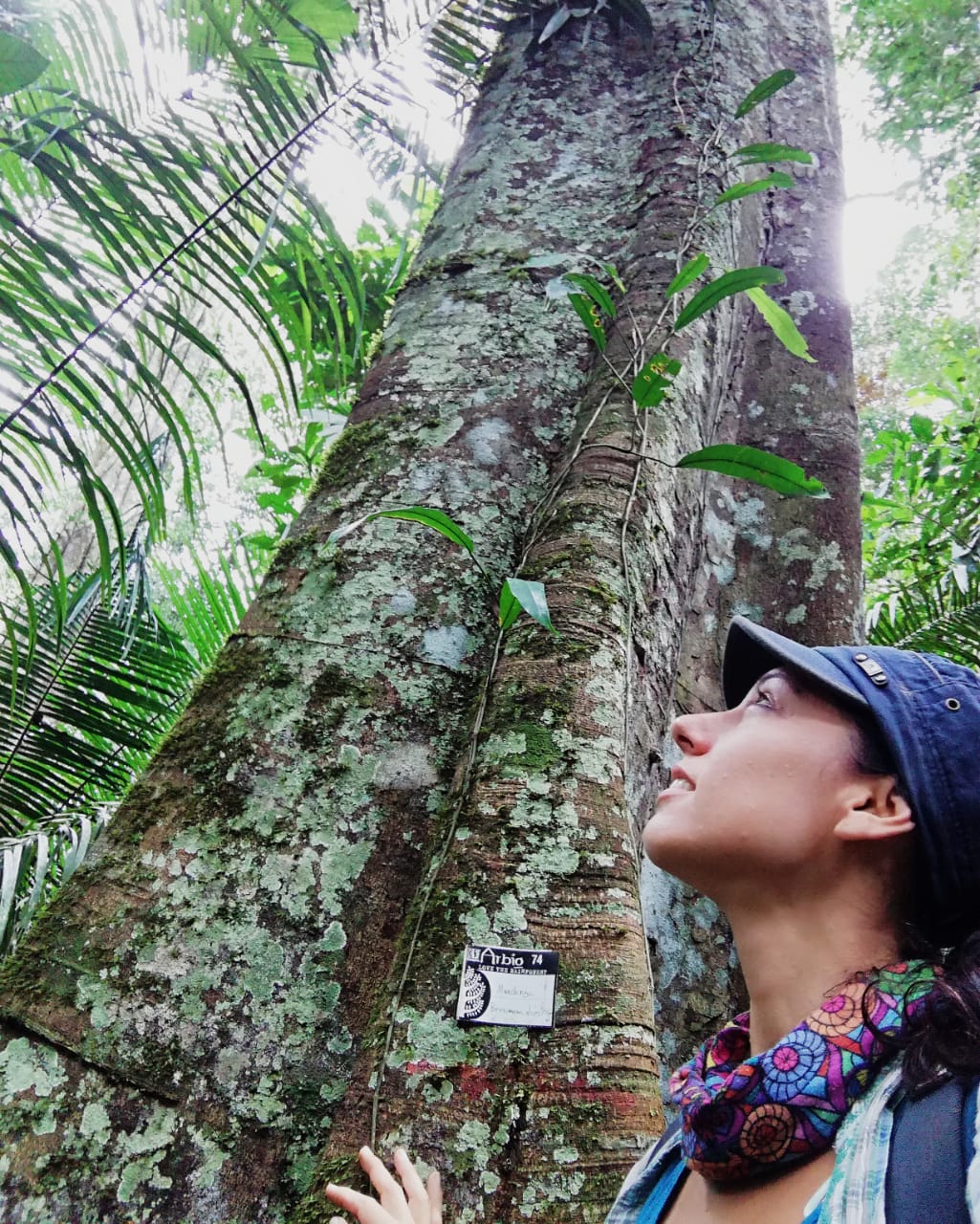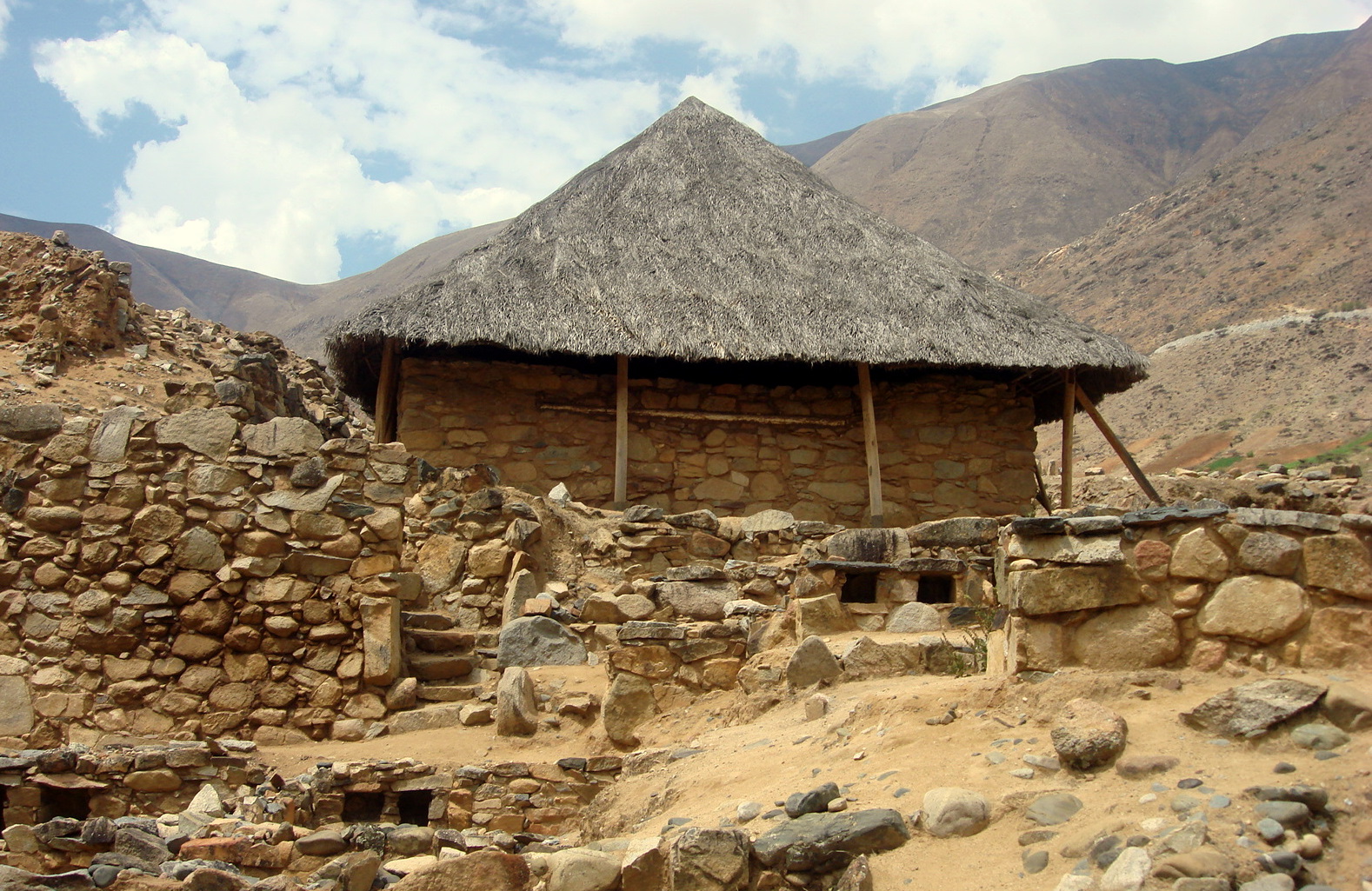|
Dipteryx Micrantha
''Dipteryx micrantha'' is a tropical flowering plant, a giant tree in the Faboideae subfamily of the bean family Fabaceae. It is a dominant emergent tree in parts of the rainforests of Bolivia, Brazil, Colombia, Ecuador and Peru. In the international timber market, this species is traded under the name ''cumaru''. It furnishes a dense, hard, beautiful reddish timber which has become a popular import in the 2010s for use in parquet. The ornamental bunches of lilac pink flowers high in the canopy eventually develop into a mass of large fruit pods, which are an important food for many native animals during the dry season. The fruit contains a single oily seed which is edible, although these seeds are not exploited as a commercial product. Vernacular names In northeastern Peru, a local common name which has been recorded for this plant since its discovery by Western scientists is ''charapilla''. This name is shared with '' Dipteryx charapilla''. The word ''charapilla'' is a dimin ... [...More Info...] [...Related Items...] OR: [Wikipedia] [Google] [Baidu] |
Hermann Harms
Hermann August Theodor Harms (16 July 1870 – 27 November 1942) was a German taxonomist and botanist. Harms was born in Berlin. He worked as a botanist at the Botanical Museum in Berlin. He was a member of the Prussian Academy of Sciences. He died in Berlin, aged 52. He was longtime editor of Adolf Engler's "''Das Pflanzenreich''", and was the author of several chapters on various plant families in Engler and Prantl's "''Die Natürlichen Pflanzenfamilien''", including the chapters on Bromeliaceae (1930) and Nepenthaceae (1936). In the latter he revised the pitcher plant genus ''Nepenthes'', dividing it into three subgenera: ''Anurosperma'', ''Eunepenthes'' and ''Mesonepenthes'' (see Taxonomy of ''Nepenthes''). Furthermore, he was interested in the genus ''Passiflora''. The plant genera '' Harmsia'' (Schum.), '' Harmsiella'' ( Briq.), '' Harmsiodoxa'' (in the Brassicaceae family) and ''Harmsiopanax'' (in the ''Araliaceae'' family) commemorate his name. Publications ... [...More Info...] [...Related Items...] OR: [Wikipedia] [Google] [Baidu] |
Dipteryx Alata
''Dipteryx alata'' is a large, undomesticated, edible nut-bearing tree from dryish tropical lowlands in central South America belonging to the legume family, Fabaceae, from the Dipterygeae tribe in the Faboideae subfamily. It is a wild species, widespread across the Cerrado savanna in South America. Vernacular names It is known in Spanish as '' almendro'' ( almond) in Santa Cruz department in southern Bolivia, ''almendrillo'' in Pando in northern Bolivia, and ''shihuahuaco'' in the Department of Madre de Dios in southern Peru. In both these last two regions it shares the same name with ''Dipteryx micrantha''. Both tree species are also known as ''mawi'' in the Ese Eja language spoken there. The common name ''baru'' appears to be the most used in Brazilian Portuguese. A long list of other names used in Brazil have been recorded; some of these names are ''barujo'', ''coco-feijão'', ''cumaruna'', ''cumarurana'', ''cumbaru'', ''emburena-brava'' ''feijão-coco'' and ''imburana- ... [...More Info...] [...Related Items...] OR: [Wikipedia] [Google] [Baidu] |
A Greek–English Lexicon
''A Greek–English Lexicon'', often referred to as ''Liddell & Scott'' () or ''Liddell–Scott–Jones'' (''LSJ''), is a standard lexicographical work of the Ancient Greek language originally edited by Henry George Liddell, Robert Scott, Henry Stuart Jones, and Roderick McKenzie and published in 1843 by the Oxford University Press. It was most recently revised for its ninth edition of 1940. Abridged versions and a supplement exist. It was initially the basis for the 2021 '' Cambridge Greek Lexicon'', although subsequently that became a complete rewrite from scratch. Liddell and Scott's lexicon (1843 to 1940) The lexicon was begun in the 19th century, and is now in its ninth (revised) edition, published in 1940. It was based on the earlier by the German lexicographer Franz Passow (first published in 1819, fourth edition 1831), which in turn was based on Johann Gottlob Schneider's . The ''Lexicon'' has served as the basis for all later lexicographical work on the ancien ... [...More Info...] [...Related Items...] OR: [Wikipedia] [Google] [Baidu] |
Ancient Greek
Ancient Greek includes the forms of the Greek language used in ancient Greece and the ancient world from around 1500 BC to 300 BC. It is often roughly divided into the following periods: Mycenaean Greek (), Dark Ages (), the Archaic period (), and the Classical period (). Ancient Greek was the language of Homer and of fifth-century Athenian historians, playwrights, and philosophers. It has contributed many words to English vocabulary and has been a standard subject of study in educational institutions of the Western world since the Renaissance. This article primarily contains information about the Epic and Classical periods of the language. From the Hellenistic period (), Ancient Greek was followed by Koine Greek, which is regarded as a separate historical stage, although its earliest form closely resembles Attic Greek and its latest form approaches Medieval Greek. There were several regional dialects of Ancient Greek, of which Attic Greek developed into Koi ... [...More Info...] [...Related Items...] OR: [Wikipedia] [Google] [Baidu] |
Specific Epithet
In taxonomy, binomial nomenclature ("two-term naming system"), also called nomenclature ("two-name naming system") or binary nomenclature, is a formal system of naming species of living things by giving each a name composed of two parts, both of which use Latin grammatical forms, although they can be based on words from other languages. Such a name is called a binomial name (which may be shortened to just "binomial"), a binomen, name or a scientific name; more informally it is also historically called a Latin name. The first part of the name – the '' generic name'' – identifies the genus to which the species belongs, whereas the second part – the specific name or specific epithet – distinguishes the species within the genus. For example, modern humans belong to the genus ''Homo'' and within this genus to the species ''Homo sapiens''. '' Tyrannosaurus rex'' is likely the most widely known binomial. The ''formal'' introduction of this system of naming species is cred ... [...More Info...] [...Related Items...] OR: [Wikipedia] [Google] [Baidu] |
Adolpho Ducke
Adolpho Ducke (October 19, 1876 – January 5, 1959), (also referred to as Adolfo Ducke and occasionally misspelled "Duque"), was a notable entomologist, botanist and ethnographer specializing in Amazonia. According to family records, he was an ethnic German with roots in Trieste Austro-Hungary (now in Italy). German was his first language; that is, the German commonly spoken in Trieste in the 19th century. Most of his books were written in German. Recruited by Emílio Goeldi, Ducke began his work in Amazônia as an entomologist for the Museu Paraense Emílio Goeldi, but due to the influence of botanists Jacques Hüber and Paul Le Cointe, he switched to botany. He traveled throughout Amazônia to study the complicated tree system of the rainforest. He published 180 articles and monographs, primarily on the Leguminosae, and he described 900 species and 50 new genera. In 1918, while continuing his work for the Paraense Museum, he collaborated with the Rio de Janeiro Botanic ... [...More Info...] [...Related Items...] OR: [Wikipedia] [Google] [Baidu] |
Marañón River
, name_etymology = , image = Maranon.jpg , image_size = 270 , image_caption = Valley of the Marañón between Chachapoyas ( Leimebamba) and Celendín , map = Maranonrivermap.png , map_size = 270 , map_caption = Map of the Amazon Basin with the Marañón River highlighted , pushpin_map = , pushpin_map_size = 270 , pushpin_map_caption= , subdivision_type1 = Country , subdivision_name1 = Peru , subdivision_type2 = , subdivision_name2 = , subdivision_type3 = , subdivision_name3 = , subdivision_type4 = , subdivision_name4 = , subdivision_type5 = , subdivision_name5 = , length = , width_min = , width_avg = , width_max = , depth_min = , depth_avg = , depth_max = , discharge1_location= , discharge1_min = , discharge1_avg = , discharge1_max = , source1 = Andes , s ... [...More Info...] [...Related Items...] OR: [Wikipedia] [Google] [Baidu] |
Günther Tessmann
Günther, Guenther, Ginther, Gunther, and the variants Günter, Guenter, Guenther, Ginter, and Gunter, are Germanic names derived from ''Gunthere, Gunthari'', composed of '' *gunþiz'' "battle" (Old Norse ''gunnr'') and ''heri, hari'' "army". Gunder and Gunnar are the North Germanic equivalents in Scandinavia. The name may refer to: People * Günther (given name) * Günther (singer), the stage persona of Swedish musician Mats Söderlund *Günther (surname) The surname Günther, Gunther, Günter, Gunter, or Guenther may refer to: In arts and entertainment * Agnes Günther (1863–1911), German writer * Gertrud Günther (1881–1944), German writer * Johann Christian Günther (1695–1723), German ... Places * Gunther Island, in Humboldt Bay, California Ships *, a number of ships with this name Fictional characters * Gunther, a character in the television show ''Friends'' * Gunther, mayor of the city of Motril in the video game ''Grand Theft Auto V'' * Gunther, a characte ... [...More Info...] [...Related Items...] OR: [Wikipedia] [Google] [Baidu] |
Department Of Huánuco
Huánuco () is a department and region in central Peru. It is bordered by the La Libertad, San Martín, Loreto and Ucayali regions in the north, the Ucayali Region in the east, the Pasco Region in the south and the Lima and Ancash regions in the west. Its capital is the city Huánuco. Huánuco has a rough topography comprising parts of the Sierra and the High Jungle (mountain rim) regions. Being equidistant from the north and the south of the country, it has the privilege of having a mild weather with an average annual temperature of 20 °C (68 °F). This region is important for its geographical location, history, and for the richness of its land, where the presence of man goes back to ancient times. ''El Hombre de Lauricocha'' (Man of Lauricocha) is among the most distinctive examples, dating from 10,000 BC, as well as Kotosh, where vestiges of the oldest settlement in the Americas (4200 BC) took place. Several ethnic groups inhabited this region. However, afte ... [...More Info...] [...Related Items...] OR: [Wikipedia] [Google] [Baidu] |
Department Of Loreto
Loreto () is Peru's northernmost department and region. Covering almost one-third of Peru's territory, Loreto is by far the nation's largest department; it is also one of the most sparsely populated regions due to its remote location in the Amazon Rainforest. Its capital is Iquitos. Geography * Northwest: Ecuador: Sucumbíos Province, Orellana Province, Pastaza Province and Morona-Santiago Province * North: Colombia: Putumayo Department * Northeast: Colombia: Amazonas Department * East: Brazil: Amazonas State and Acre State * South: Ucayali and Huánuco regions * West: San Martín and Amazonas regions Loreto's large territory comprises parts of the High and Low Jungle, and is largely covered with thick vegetation. This territory has wide river flood plains, which are covered with rainwater and usually are swamped in summer. In these flood areas there are elevated sectors called ''restingas'', which always remain above water, even in times of the greatest swellings. There ... [...More Info...] [...Related Items...] OR: [Wikipedia] [Google] [Baidu] |
Ese Eja Language
Ese Ejja (Ese'eha, Eseʼexa, Ese exa), also known as Tiatinagua (Tatinawa), is a Tacanan language of Bolivia and Peru. It is spoken by Ese Ejja people of all ages. Dialects are Guacanawa (Guarayo/Huarayo), Baguaja, Echoja, and possibly extinct Chama, Chuncho, Huanayo, Kinaki, and Mohino. Chunene is "similar" to Ese Ejja, though whether a dialect or a separate language is not clear. Ese Ejja has ejective consonants such as as well as voiceless implosives such as . Historical, social and cultural characteristics Ese Ejja is spoken in the La Paz, Beni, and Pando departments of Bolivia (in the provinces of Iturralde, Ballivián, Vaca Diez, and Madre de Dios) on the Beni and Madre de Dios rivers; and in the Madre de Dios and Puno Puno (Aymara and qu, Punu) is a city in southeastern Peru, located on the shore of Lake Titicaca. It is the capital city of the Puno Region and the Puno Province with a population of approximately 140,839 (2015 estimate). The city was establish . ... [...More Info...] [...Related Items...] OR: [Wikipedia] [Google] [Baidu] |




